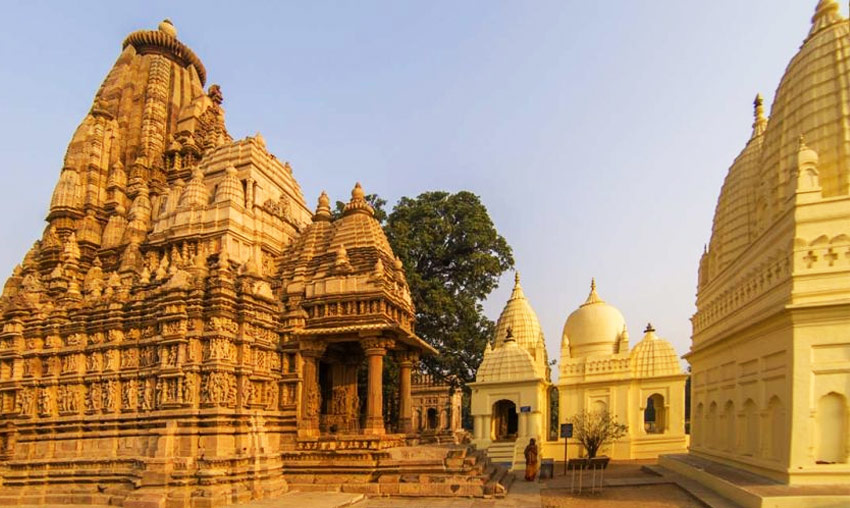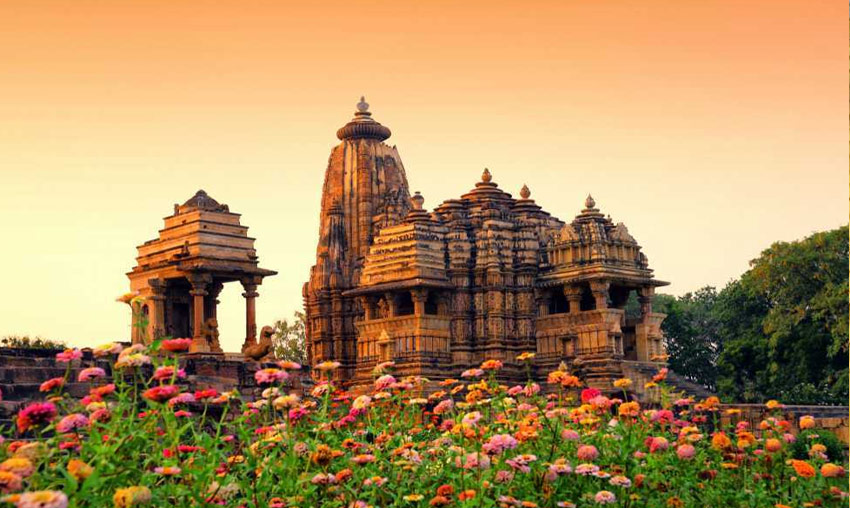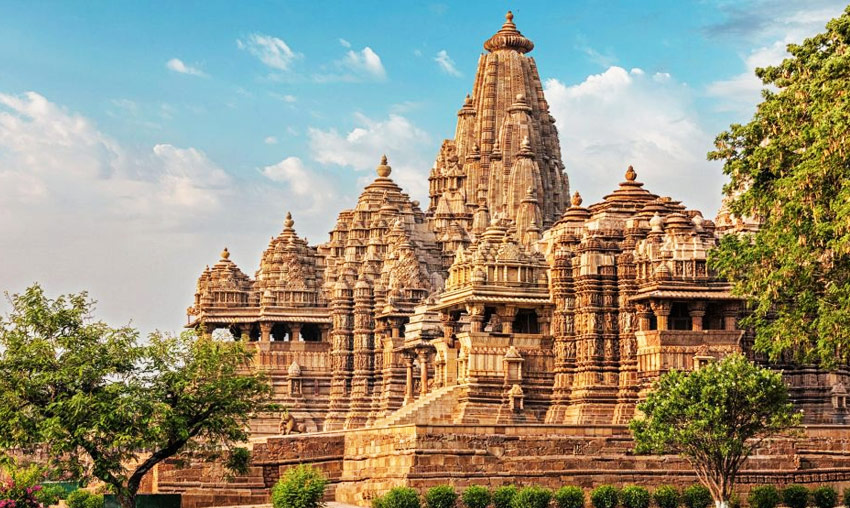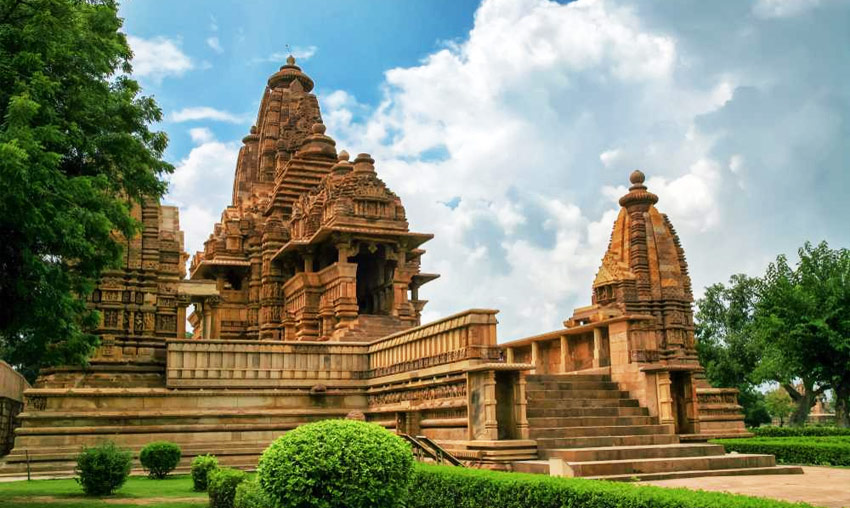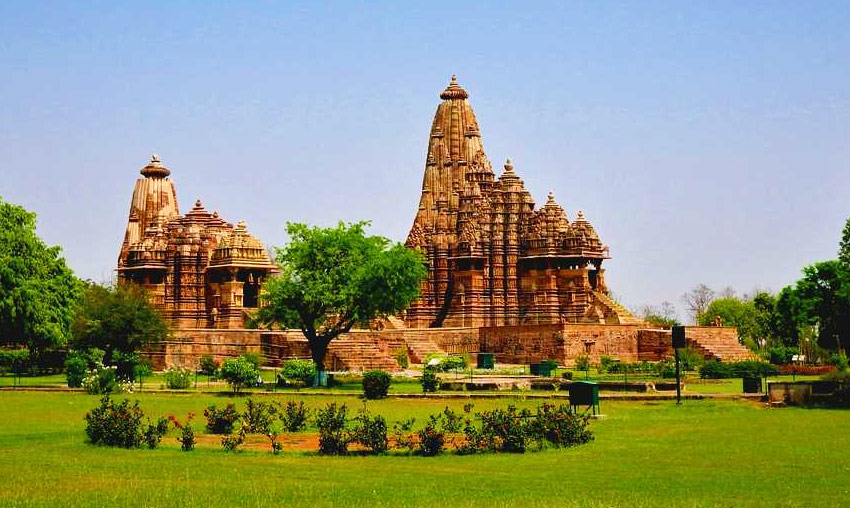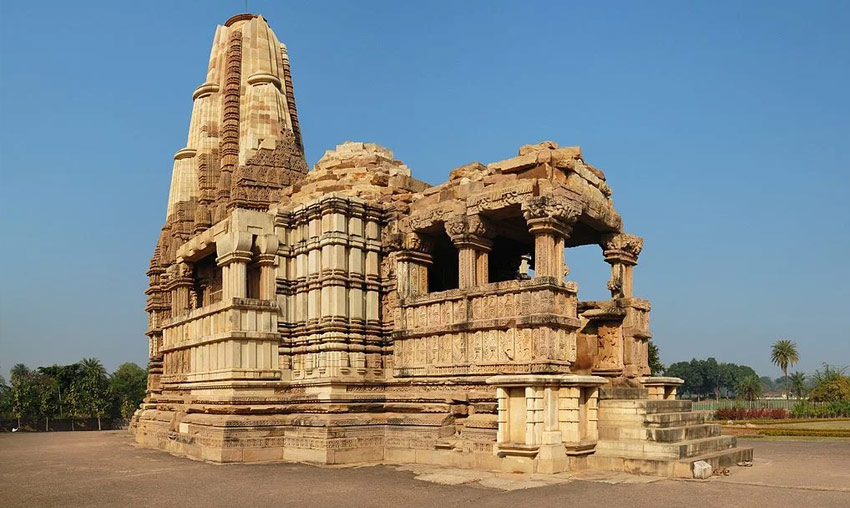Parsvanatha Temple Khajuraho – Timings, History, Best Time to Visit
The biggest shrine in the monument’s eastern group is the Parshwanath temple in Khajuraho. While the external walls have beautiful carvings of people and animals, the inside walls are decorated with elaborate designs and religious symbolism. Though there may be some Islamic and Buddhist components, the majority of the shrine’s construction is Hindu temple style.
Historians claim that the Parshwanath temple, which honors the 23rd Tirthankara of Jainism, Parshvanatha, is among the oldest in the Eastern Temple complex. The temple is renowned for its remarkable sculptures and restriction, in contrast to the temples of the Western complex. The walls of the shrine depict scenes from daily life, making it one of Khajuraho’s best-preserved temples. This shrine has been designated as a Monument of National Importance by the Archaeological Survey of India (ASI).
History of Parshwanath Temple, Khajuraho
The temple was constructed in the 10th century, most likely during the reign of King Dhanga, the emperor who ordered some of the most beautiful temples in the Western Group, according to the dedication plaque. The name of a wealthy Jain family that may have helped construct the temple is mentioned on the plaque. Pahila, a member of King Dhanda’s court who had donated gifts and a piece of land for the temple, is mentioned in another inscription above the shrine’s entrance.
At early, Adinath, the first Jain Tirthankara, was worshipped at the temple. Later on, though, Parshvanatha was established as the temple’s principal deity. Records state that Alexander Cunningham, a British archeologist, discovered the temple’s main chamber empty of an idol. He added that in the middle of the 19th century, a Jain family restored the temple and put an idol inside the shrine.
The Architecture of the Parshwanath Temple
One of the largest Jain temples in the area is Parshwanath Temple in Khajuraho. The shrine was constructed in the typical Hindu temple architecture and features two spires: one above the sanctum sanctorum and one above the entrance. Its architectural design is rectangular. The layout of the shrine includes a sanctum sanctorum, a small and larger hall (mandapa and maha-mandapa), and an ornate entrance porch.
The entrance is covered in intricate floral patterns as soon as you step onto the front porch. The temple’s entrances feature carvings of the ten-armed Chakreshvari. The fabled figure was seen riding Garuda, a Hindu mythological creature that is half eagle and half human.
Multiple panels of statues performing various jobs adorn the temple’s outer walls. The temple’s walls are covered in a number of Vaishnavite themes, despite its primarily Jain architecture. Several Hindu gods, including Vishnu, are depicted in sculptures in various forms.
Interestingly, the monument shares sculptures similar to the ones at the Lakshmana Temple in respect of proportions, modeling, and poses. However, in comparison to the Lakshmana Temple, Parshwanath Temple, Khajuraho has only one erotic sculpture.
